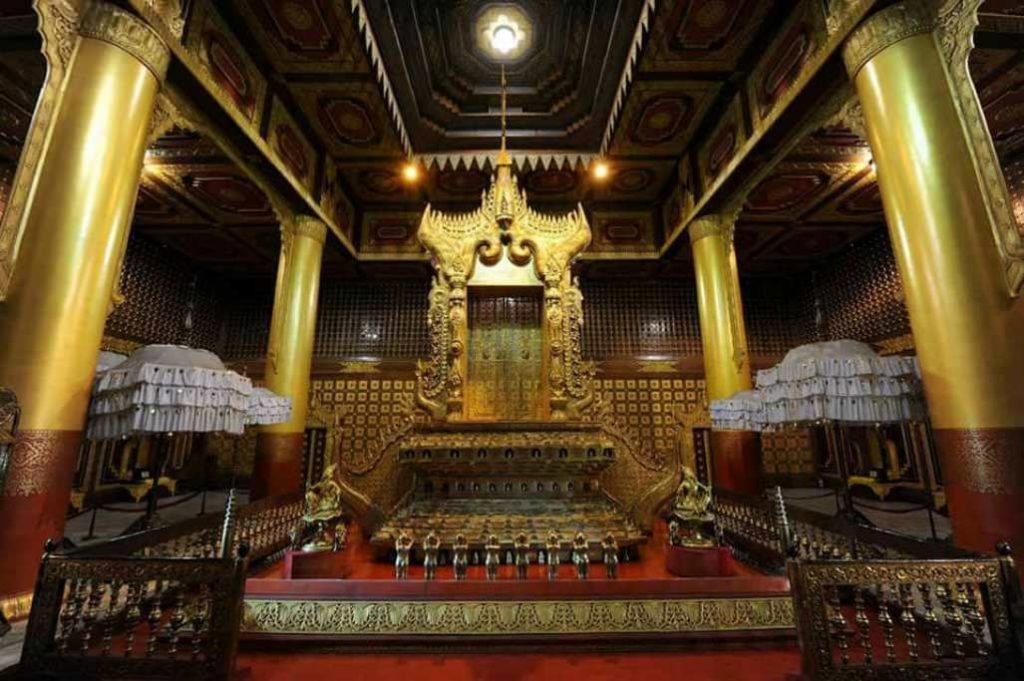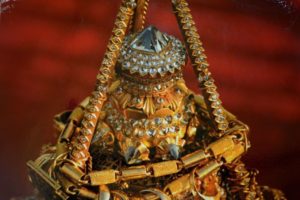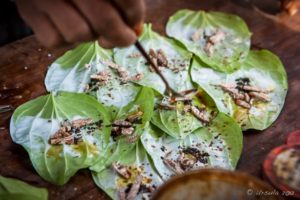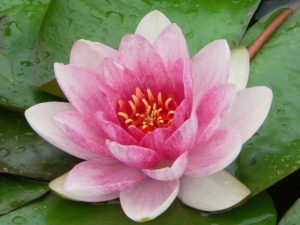Throne is symbol of royalty. It also embodies sovereignty. It is the seat of power. It passes from sovereign to sovereign. As such, a throne is ornately decorated piece of royal furniture.
The magnificent gilded Throne is the centre piece of royal paraphernalia in the National Museum. It was taken to India by the British and displayed in Calcutta Museum in 1886. It was returned to Myanmar after her independence.
There were nine thrones in Mandalay palace complex. In 1945 during the final days of the second World War the palace and all the adjoining structures were destroyed by fire. In that fire eight different kinds of thrones went up in flames. They were all different; eight different kinds of thrones. But there were two Lion Thrones. So there were altogether nine thrones. This Lion Throne survived because it was not there at the time. The other Lion Throne wasn’t so lucky. It perished in the fire along with other seven.
One Lion Throne was in Mye-nan-hall. It was used by King and Queen three times a year, when all the dignitaries come to pay respect and homage to the royal couple. It was consumed by fire along with the other seven different thrones in the various parts of the palace complex.
The one we can see now was kept in King’s court of Justice, where final verdicts on appeals were given. The King himself or the Prince-Justice or a justice Minister would sit on this throne and hand down decisions of the highest court of the realm. It is the symbol of justice.
Finely chiseled figures and features adorn every part and section of the throne. They are not simply decorative. There are 32 miniature icons of lesser guardian spirits (Tha-gyar-nge) with one that of great guardian spirit (Ma-ga-tha-gyar) himself among others. They all re-inforce symbolic value of royal justice.
According to the legend there used to be two figures of animals in front of the throne symbolizing the amicable settlements at the court. Those two animals tiger and elephant had quarreled about their right of priority to enjoy the flower buds of the clouds. But when they heard the lovely and soothing music from spirit’s harp they forgot their animosity and became amiable and embraced each other and mutually offered a passionate kiss.
If all these symbols were not enough to soothe the litigants, there were Lions, the embodiments of might, courage, ferocity and valour, to make them see reason. It wasn’t called Lion Throne without reason.
Sourced: Myanmar Culture Traditions and Scenery, Cultural Varieties
by U Than Pe, Tour guide




